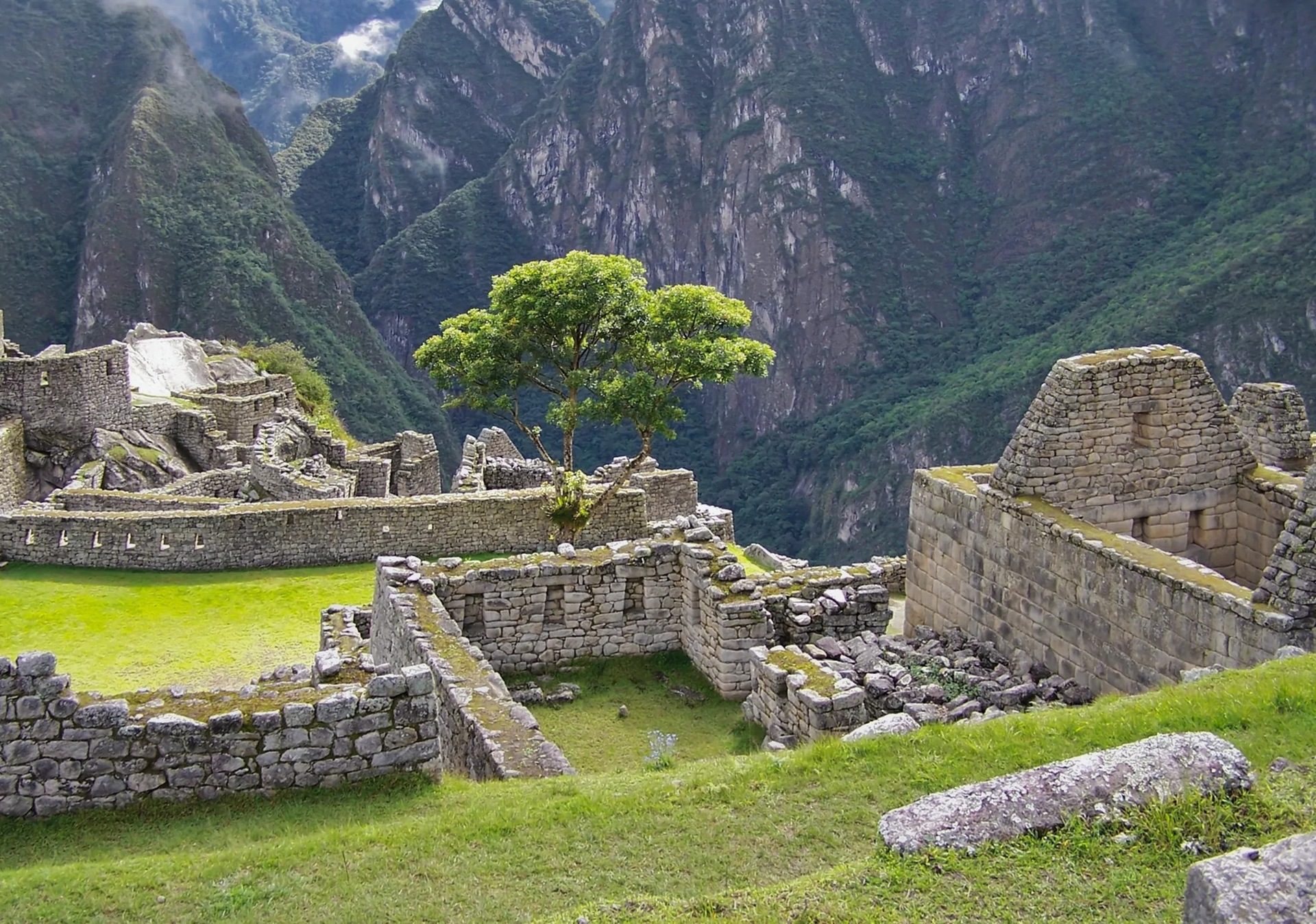Peru is a nation steeped in history and culture, showcasing a magnificent tapestry woven from its ancient past and vibrant modern-day identity. From the remnants of ancient civilizations to bustling urban centers, this South American gem is replete with captivating facts that illuminate its unique charm. Here are some intriguing aspects of Peru, spanning its archaeological marvels to contemporary achievements.
1. The Enigmatic Nazca Lines
One of the most striking peculiarities of Peru are the Nazca Lines, enormous geoglyphs etched into the arid ground of the Nazca Desert. Dating back to between 500 BC and 500 AD, these intricate designs—ranging from simple lines to complex figures of animals and flowers—remain a mystery. Their purpose is widely debated, with theories suggesting astronomical, religious, or even extraterrestrial significance. The sheer size and precision of the lines can only be fully appreciated from the air, and they continue to attract researchers and tourists alike.
2. Machu Picchu: The Lost City of the Incas
Machu Picchu is arguably the most iconic symbol of Peru’s Incan heritage. This UNESCO World Heritage Site, perched at an elevation of 2,430 meters (7,970 feet), was discovered by American historian Hiram Bingham in 1911, although it had been known to locals for centuries. The citadel is an architectural marvel, showcasing advanced Inca engineering with its terraced agricultural systems, sophisticated irrigation channels, and meticulously constructed stone structures. The site attracts over a million visitors each year, eager to explore its archaeological wonders and soak in its breathtaking vistas.
3. Biodiversity in the Amazon Rainforest
Peru is one of the most biodiverse countries in the world. A significant portion of the Amazon Rainforest lies within its borders, serving as a sanctuary for myriad species, including thousands of birds, mammals, reptiles, and insects. The Amazon River, the lifeblood of the rainforest, flows through northern Peru, creating an ecosystem that is vital to the planet. Conservation efforts are crucial in this region, as deforestation and illegal activities threaten its rich biodiversity. Eco-tourism initiatives enable visitors to experience this lush environment while supporting environmental preservation.
4. Peru’s Ancient Cultures
Long before the rise of the Inca Empire, Peru was home to various pre-Columbian civilizations, each contributing to the cultural and historical landscape of the region. The Moche, Nazca, and Wari cultures left behind remarkable artifacts, pottery, and architectural remnants. The Moche, in particular, are celebrated for their detailed pottery and monumental structures, such as the Huaca del Sol and Huaca de la Luna. These ancient societies have profoundly influenced contemporary Peruvian identity and continue to captivate historians and archaeologists.
5. Gastronomy: A Culinary Haven
Peru has emerged as a leading culinary destination on the global stage. Its cuisine is a unique blend of indigenous ingredients—like quinoa, potatoes, and corn—combined with influences from Spanish, African, and Asian cultures. Signature dishes such as ceviche, lomo saltado, and ají de gallina showcase this incredible fusion of flavors. Lima, the capital, is home to numerous award-winning restaurants, making it a critical hub for food enthusiasts eager to explore innovative culinary experiences.
6. Cultural Festivals and Traditions
Peruvian culture embraces a vibrant array of festivals, steeped in ancient traditions and religious significance. One of the most notable celebrations is Inti Raymi, or the Festival of the Sun, held in Cusco to honor the Inca sun god, Inti. This elaborate festival features colorful processions, traditional music, and dramatic reenactments, attracting visitors from around the globe. Additionally, La Fiesta de la Virgen de la Candelaria is renowned for its dazzling displays of folklore, music, and dance, showcasing the country’s diverse cultural heritage.
7. The Unique Geography of Peru
Peru’s terrain is incredibly diverse, comprising coastal deserts, majestic Andes mountains, and the lush Amazon rainforest. It is home to Lake Titicaca, the highest navigable lake in the world, located at 3,812 meters (12,507 feet) above sea level. The region offers picturesque views and a rich cultural tapestry, where the indigenous Uros people reside on floating islands made of reeds. This geographical variety creates distinct microclimates, contributing to the country’s agricultural richness and diversity.
8. A Legacy of Textiles and Handicrafts
Peruvian artisans are revered for their exquisite textiles and handicrafts, rooted in ancient traditions. Crafts such as weaving and pottery have been passed down through generations, often featuring intricate patterns and vibrant colors that reflect the region’s cultural heritage. The use of natural dyes and traditional techniques highlights the skill and creativity of these artisans. Markets in cities like Cusco and Arequipa provide opportunities for visitors to acquire these handcrafted treasures, supporting local economies while preserving traditions.
9. Incan Innovations and Engineering
The Incas were pioneers in engineering, exemplified by their extensive road systems and agricultural terraces. The famous Inca Trail, a network of paths leading to Machu Picchu, showcases the civilization’s remarkable ability to traverse and utilize the mountainous terrain. Their agricultural techniques included the use of “andenes,” or terraces, which minimized soil erosion and maximized crop production. These innovations underscore the Incas’ profound understanding of their environment, enabling them to thrive in challenging conditions.
10. Modern Developments and Economic Growth
In recent decades, Peru has experienced significant economic growth, transitioning to one of the fastest-growing economies in Latin America. Driven by sectors such as mining, agriculture, and tourism, the country has made strides in improving infrastructure and living standards. Urban areas, particularly Lima, are bustling with new developments, showcasing a blend of modern architecture and historical landmarks. This fusion of past and present amplifies Peru’s appeal, drawing investment and tourists eager to experience its multifaceted landscape.
The confluence of ancient civilizations and modern advancements positioned Peru as a country rich in history, culture, and natural beauty. From stunning archaeological sites to flourishing culinary scenes, the intricate layers of Peru’s identity promise an unforgettable journey for any traveler or enthusiast of the remarkable.









